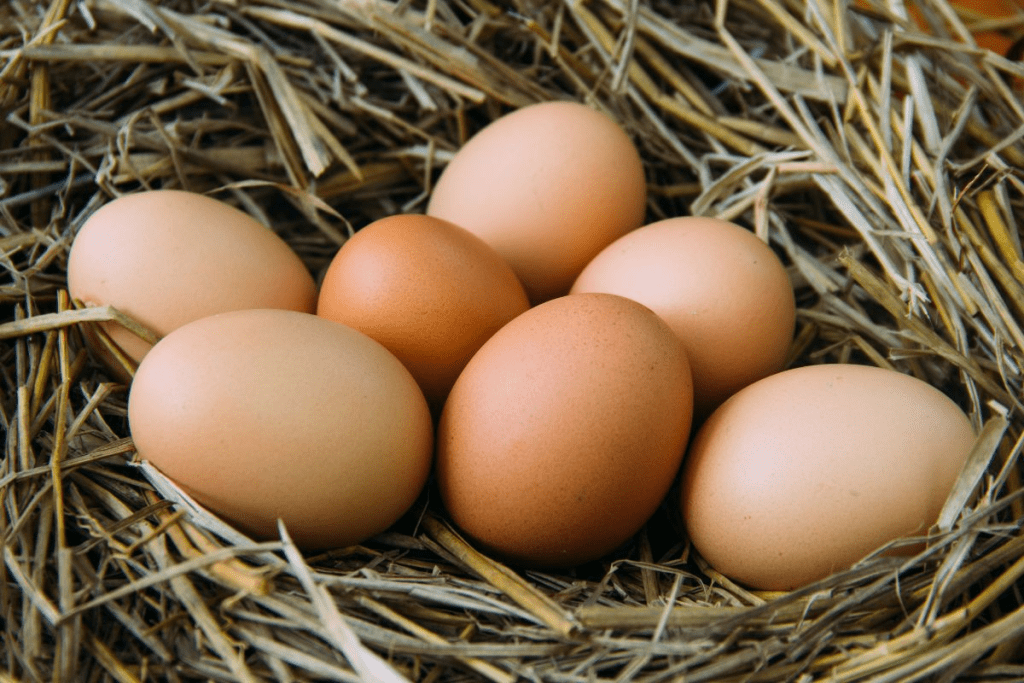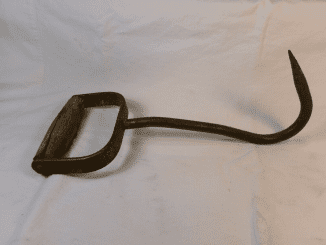In a time when much of our food is pre-packaged, checking the freshness of certain staples, like eggs, might seem unnecessary. However, ensuring an egg is fresh is important for both taste and safety. Consuming a bad egg can ruin your meal or, worse, make you sick. Luckily, there’s an old-fashioned, reliable trick that can help—Nana’s simple egg freshness test. This quick method will save you from second-guessing and help you always pick the freshest eggs. Let’s explore how it works and why this technique has stood the test of time.

Why Egg Freshness Matters
Freshness matters in more ways than one. Fresh eggs not only taste better but also provide better texture and structure, especially when used in baking. The egg’s consistency, including a firm yolk and thick whites, helps baked goods rise properly. And from a safety standpoint, eating old or spoiled eggs can expose you to harmful bacteria, such as salmonella, which can cause foodborne illness. Knowing how to tell if an egg is fresh is key to protecting your health and ensuring quality in the kitchen.
Nana’s Simple Test for Egg Freshness
Nana’s trick for testing the freshness of eggs is so simple it almost seems too good to be true. All you need is a bowl of water! This old-school technique has been passed down through generations and is based on the changes that happen inside an egg over time. As an egg ages, its internal structure alters, causing a change in buoyancy. Here’s how you can test it:
Step-by-Step Guide to Nana’s Egg Freshness Test
- Fill a Bowl with Cold Water: Choose a bowl deep enough to fully submerge an egg.
- Place the Egg in the Water: Gently place your egg in the bowl and observe what it does.
- Observe the Egg’s Position:
- If the egg sinks to the bottom and lies flat on its side, it’s very fresh.
- If it sinks but stands upright, it’s still safe to eat, though not as fresh. It’s best to use it soon.
- If the egg floats to the top, it’s no longer fresh and should be discarded.
This quick and easy test takes just a few seconds and can prevent you from using eggs that are past their prime.
Why Nana’s Method Works
Nana’s water test relies on the egg’s natural changes over time. As an egg ages, it loses moisture through its porous shell, causing an air pocket inside to expand. Fresh eggs have little to no air pocket, so they are dense enough to stay at the bottom. But as more air enters, the egg becomes buoyant, which is why older eggs begin to float. The position of the egg in water reflects this process and is a reliable indicator of its freshness.
Other Methods to Test Egg Freshness
While Nana’s water test is a tried-and-true method, there are a few other ways to check an egg’s freshness:
- Candling: Holding an egg up to a bright light allows you to see its internal structures. This method is commonly used in commercial settings but can be done at home with a flashlight.
- Crack Test: Crack the egg open on a flat surface. Fresh eggs will have firm, well-rounded yolks and thicker whites, while older eggs will appear runny and spread out more.
- Shake Test: Give the egg a gentle shake. If you can hear or feel movement inside, it’s likely old. Fresh eggs typically don’t make any sound when shaken.

Each of these methods provides insights into the freshness of an egg, but Nana’s water test is the easiest and most accessible, requiring no extra tools or experience.
The Science Behind Nana’s Trick
The effectiveness of Nana’s egg test lies in basic chemistry and physics. Eggshells are slightly porous, allowing moisture to escape and air to enter as time passes. The egg white (albumen) and yolk also begin to break down and become thinner over time. A fresh egg has a small air pocket and dense, well-formed internal components, which makes it sink. As the egg ages, the air pocket expands, the insides become less dense, and the egg eventually floats. By using water, you can easily gauge the egg’s buoyancy and freshness.
Common Misconceptions About Egg Freshness
There are several myths about egg freshness that can lead to confusion. Let’s clear up a few common misconceptions:
- Cloudy Egg Whites Mean Spoilage: Cloudy egg whites are actually a sign of freshness. The cloudiness is caused by the presence of carbon dioxide that has not yet escaped.
- All Eggs with Spots Are Bad: Eggs can sometimes contain blood or meat spots, which are harmless and don’t indicate spoilage. You can remove the spot and use the egg as usual.
- Cracked Eggs Are Always Bad: While a cracked egg that floats should be discarded, eggs with small cracks can sometimes be safe to use, as long as they have been properly stored and pass the freshness test.
Understanding these misconceptions can help you make informed choices and prevent good eggs from going to waste.

Why You Should Try Nana’s Egg Test at Home
Nana’s egg test is straightforward, inexpensive, and incredibly effective. Whether you’re a home cook, a baker, or someone who just enjoys a good breakfast, this technique ensures you’re using only the freshest eggs. It’s also a fun, hands-on way to connect with food in a time-honored way. By making Nana’s test a part of your routine, you’ll have peace of mind knowing you’re serving safe, high-quality ingredients to your family.
Conclusion: Trust in Nana’s Time-Tested Method
In a world full of food safety concerns, simple techniques like Nana’s egg test remind us that some of the best solutions are also the simplest. With just a bowl of water, you can quickly determine if an egg is fresh, ensuring better taste, texture, and safety in your meals. So, the next time you wonder whether that carton of eggs is still good, give Nana’s trick a try. It’s a reliable, time-honored method that will bring a little extra confidence to your kitchen and make every egg you crack feel like a win.


